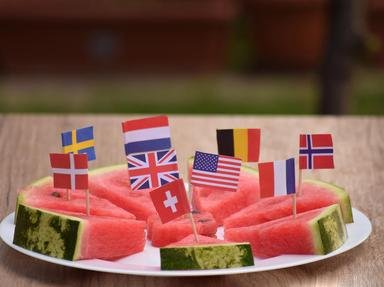Quiz Answer Key and Fun Facts
1. In this large country, the beautiful peacock often appears in a religious context
2. The oldest monarchy in Europe has adopted the mute swan as its national bird
3. This Western Hemisphere country's coat of arms features a golden eagle eating a rattlesnake
4. The rooster has been long used as an unofficial symbol by this grand country
5. The majestic Andean condor is the national bird of this country and a few others
6. This vast country, which recently lost its southern part, has the snake-hunting secretary bird as its national emblem
7. The flag of this small island nation displays a golden frigatebird flying above a rising sun
8. This country's currency is named after the colourful resplendent quetzal
9. The Kori bustard plays an important role in the traditions of this country, whose best-known feature is the Kalahari Desert
10. The rare monkey-eating eagle is also named after the island country that adopted it as its national bird
Source: Author
LadyNym
This quiz was reviewed by FunTrivia editor
stedman before going online.
Any errors found in FunTrivia content are routinely corrected through our feedback system.
